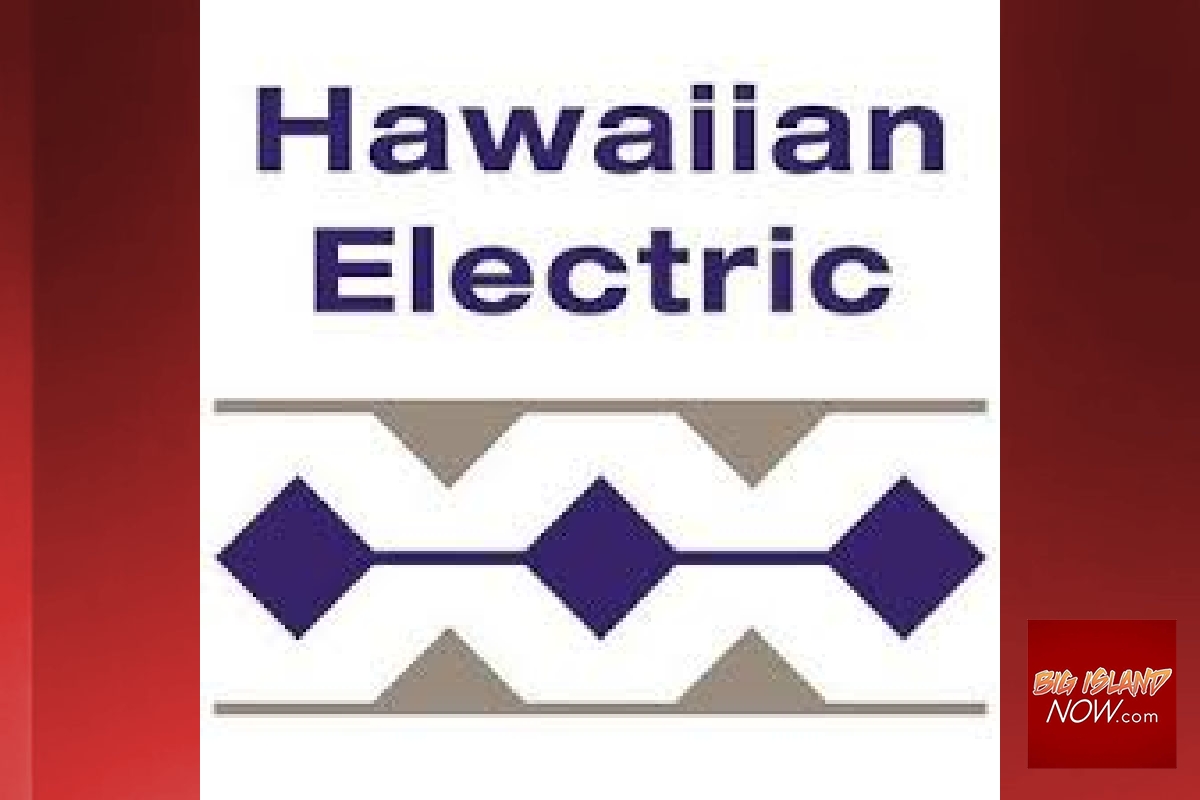Algae Research May Produce Energy With Negative CO2 Emissions
The University of Hawai‘i at Hilo announced that in affiliation with Duke and Cornell Universities, researchers have authored a study that suggests making croplands more efficient through algae production could unlock an important negative emission technology to combat climate change.
Their research, “Integrating Algae with Bioenergy Carbon Capture and Storage (ABECCS) Increases Sustainability,” is funded by a U.S. Department of Energy award and was recently published in the journal Earth’s Future.
The authors include Colin Beal and Ian Archibald of UH Hilo’s College of Agriculture, Forestry and Natural Resource Management (CAFNRM), Mark Huntley and Charles Green, who are affiliated with both CAFNRM and Cornell University, and Zackary Johnson of Duke University’s Biology Department and Marine Laboratory. Their study creates a new, combined process to remove carbon dioxide (CO2) from the atmosphere, produce food and electricity and reduce deforestation.

Process Flow Diagram. Capital costs for each component are shown beneath the component label in millions of dollars. The overall facility includes 2800 ha (6920 ac), which is 96% eucalyptus forest and 4% algae production.
“Bioenergy with Carbon Capture and Storage (BECCS)” burns wood to generate power, captures the resulting carbon dioxide and buries it underground. But BECCS has been strongly criticized for threatening land and water resources that support natural forests and agriculture production.
Marine microalgae has emerged as a promising source for food and biofuels. The tiny plants can be produced using seawater, grown in higher quantities than land crops and in areas unsuitable for agriculture. The main drawback is that algae growth requires large quantities of electricity and carbon dioxide.
The study’s authors combine BECCS with algae production to create a new synergistic process called “Algae with Bioenergy with Carbon Capture and Storage (ABECCS).” A conceptual model is created by replacing soybean cropland with an algae production facility that requires less land to produce the same amount of higher quality protein. The leftover land is then used to grow timber for a BECCS system to generate power and carbon dioxide to drive the algae production. By using less land, additional electricity can be exported and the carbon dioxide sequestered, or the excess land can be returned to natural forest.
The financial viability of an ABECCS system remains an area of active research. The proposed system in its current form requires a sale price for algal biomass that is significantly greater than that for soybeans or many other terrestrial crops. Options include targeting algal protein for human consumption to provide a higher value product instead of replacing soy as a source of animal feed.
“The motivation for this study was to evaluate the potential for an alternative BECCS system that integrates algal biomass production to sequester CO2 without reducing agricultural output,” the authors wrote. “Based on these results, and with favorable economic conditions, ABECCS could be a leading candidate to contribute to the reduction of CO2 in the atmosphere in a sustainable way.”
For more information on the study and its findings, go online.













